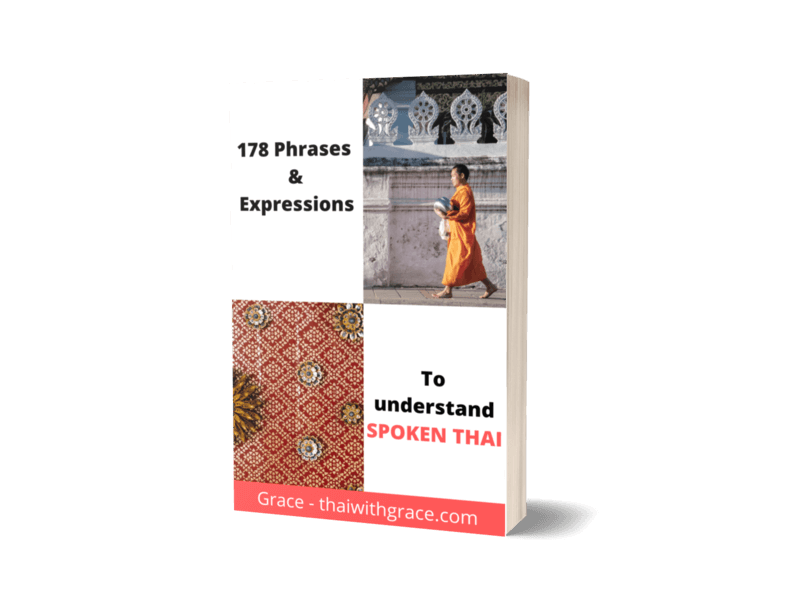Thailand is known as the land of smiles but it could easily be called The land of Ghosts 👻.
In Thai culture, the belief in Ghosts (ผี pĕe) is very prevalent. A popular belief of some Thai people is that we have another “body” that will only show up once we die.
Thai ghosts are not mentioned in Buddhism at all, instead they mostly come from Brahmanism and myths and legends in ancient times.
There are many Thai ghosts, but in this article, I will highlight the most popular ones (and the ones I’ve mostly heard about) that you might encounter in movies, books, or in general pop culture.
Most popular Thai Ghosts

ผีกระหัง pĕe grà-hăng
grà-hăng is a male ghost/spirit that flies around riding a สากตำข้าว (sàak dtam kâao) – a long wooden pestle used to pound rice. pĕe grà-hăng always has 2 กระด้ง (grà dông) – rice winnowing baskets – on each arm.
This ghost flies around during the night and likes to eat dirty food. It is also believed that grà-hăng flies around with กระสือ (grà-sĕu) – the next ghost in this list.

ผีกระสือ pĕe grà-sĕu
grà-sĕu is a female ghost/spirit who floats around with just her head and her organs (livers, stomach, throat, guts) hanging out. This ghost typically finds food to eat at night. It like to eat raw meat and rotten food (including feces).
This ghost looks and smells for fresh blood and victims to possess and haunt. Therefore, when women in Thai villages are giving birth, they will often put thorns under their house to protect their home from grà-sĕu coming in. This is because it is believed grà-sĕu is scared of the thorns poking her guts.

ผีปอบ pĕe bpòp
pĕe bpòp is another super popular Thai ghost who likes to eat raw meat and intestines like the previous 2 ghosts, however this ghost can’t fly. Usually, this ghost is a female.
bpòp goes out at night to hunt its victims and eats the intestines of humans and possesses them.
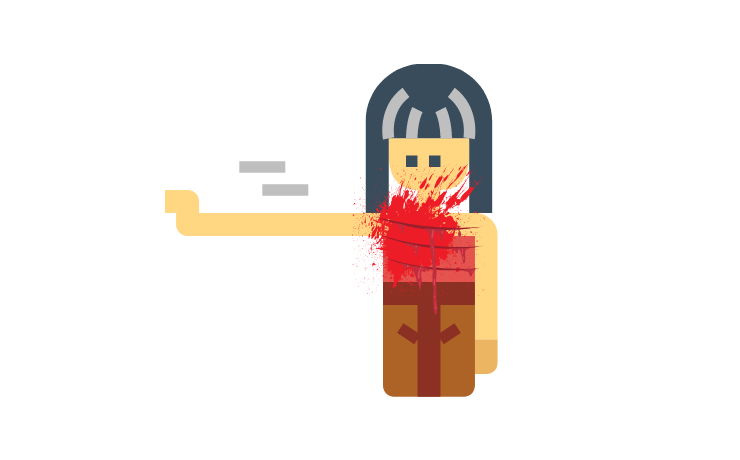
แม่นาก mâe-nâak
Everyone in Thailand knows mâe-nâak (lady nak). mâe-nâak, also known as นางนาก (naang nâak), is a female ghost who has appeared in many movies and dramas. This is probably the most popular ghost in Thailand.
The origin of this ghost comes from a true story during the reign of King Rama III. The story of this ghost is that while being pregnant, her husband (พ่อมาก pôr mâak) gets sent off to fight as a soldier. mâe-nâak and the child both die while she was giving birth.
The husband (pôr mâak) eventually returns home, without knowing what had happened, and finds both mâe-nâak and the child at home. All the neighbors tried to warn the husband that they must be ghosts since they died.
Some weird behavior eventually makes the husband believe that they really are ghosts and he flees the house.
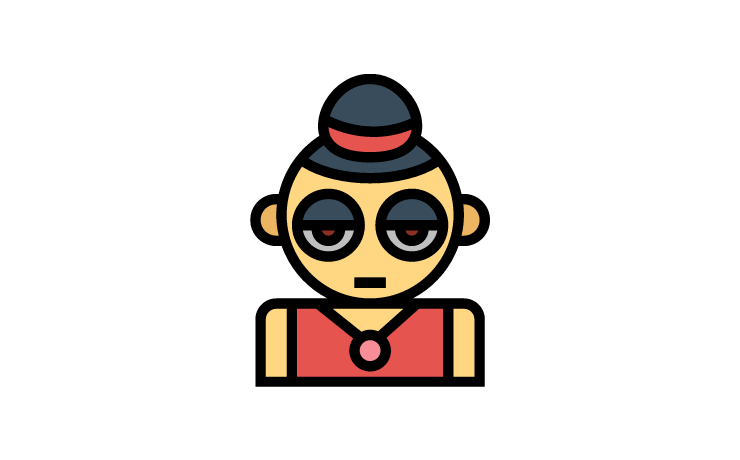
ผีตายโหง pĕe dtaai hŏhng
pĕe dtaai hŏhng is actually a category of ghosts. The next ghost, ผีหัวขาด pĕe hŭa-kàat is a kind of a pĕe dtaai hŏhng.
ตายโหง (dtaai hŏhng) means to “die a violent death”. So for example, pĕe hŭa-kàat dies a violent death.
pĕe dtaai hŏhng ghosts are angry and vengeful ghosts that die violently, suddenly, and cruelly.

ผีหัวขาด pĕe hŭa-kàat
pĕe hŭa-kàat means ghost with the head cut off (หัว hŭa = head, ขาด kàat = missing). It is not a specific ghost but it is a ghost that happens when someone dies an unnatural sudden death, such as an accident and the head falls off. Before the death, the person is full of rage, anger, resentment making this a very ferocious, cruel, and deadly ghost.
The origin of this ghost comes from the past where prisoners would get their heads chopped off by a sword and the ghost would then haunt the village without its head.
This ghost is one type of ghost from the ผีตายโหง pĕe dtaai hŏhng ghost category.
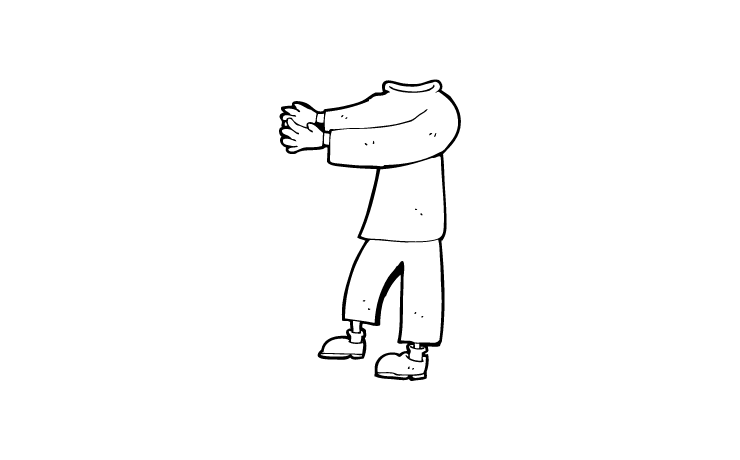
นางตานี naang dtaa-nee
naang dtaa-nee is a pretty woman spirit/ghost who wears traditional Thai clothing. She wears a banana-leaf colored (light green) สไบ sà-bai (a breast cloth) and she has a sweet-smelling fragrance.
You might sometimes see this ghost referred to as just ผีตานี (pĕe dtaa-nee).
This ghost lives/haunts a specific type of banana trees (กล้วยตานี glûay dtaa-nee) and so some villagers don’t like to plant Banana trees near their homes.
It is considered a bad omen to cut Banana leaves and so people shouldn’t cut the banana leaf all at once. If the villagers need to cut the banana leaves they must only cut little by little. They can only cut the part they need or cut the stem off first. If the villagers do not follow this then it is believed someone in their household will die.
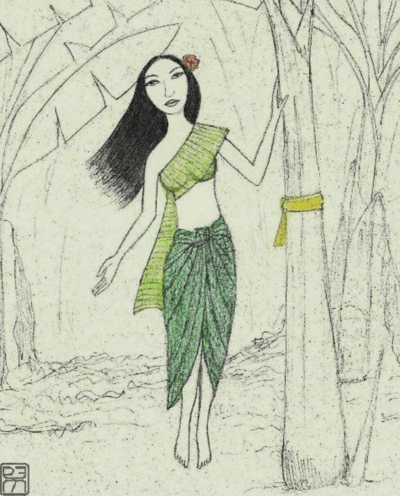
ผีพราย pĕe praai
pĕe praai is a female ghost that lives in the water. She often shows herself in canals, rivers, wells, swamps, or ponds while wearing white clothing.
When this ghost catches a victim in the water, it pulls them down until they drown.
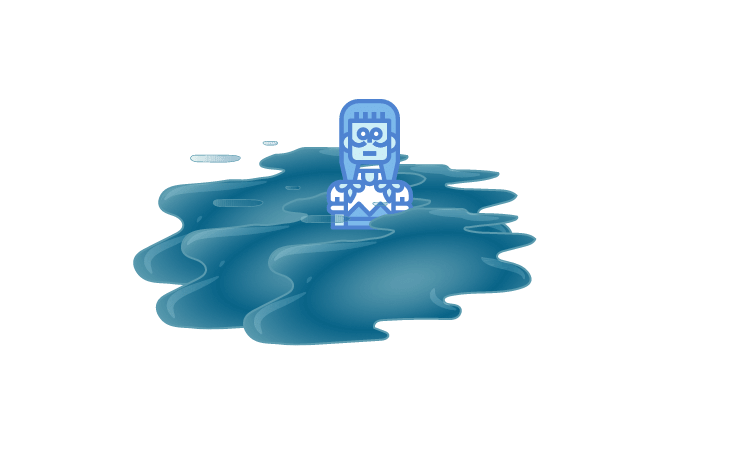
ผีอำ pĕe am
pĕe am isn’t a specific ghost but instead is the belief that when you sleep you have a ghost/spirit on your chest that causes sleep paralysis.
Sleep paralysis in general is called ผีอำ pĕe am.
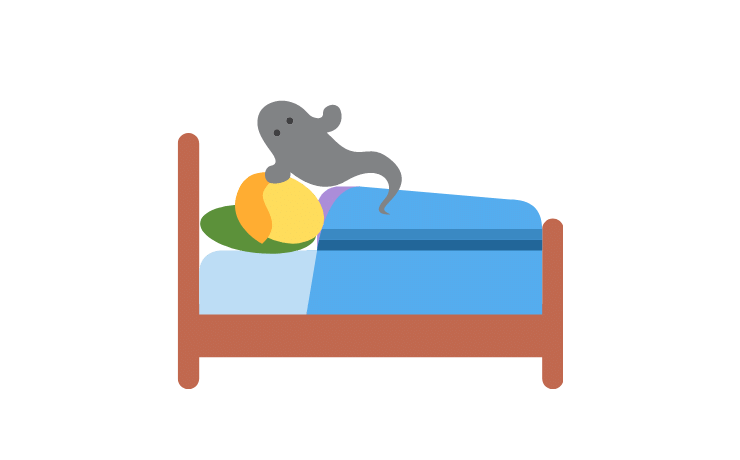
ผีถ้วยแก้ว pĕe tûay-gâew
pĕe tûay-gâew is the Thai version of Ouija boards.
In order to play you need
- a white piece of paper with the Thai alphabet and numbers written on it
- a glass cup
- incense candles that have undergone a ritual
The Thai Ouija is an ancient game in which you summon ghosts and spirits that live in glass cups (ถ้วยแก้ว tûay-gâew).
The purpose of playing is to ask questions to the spirits of dead people. The spirit will come and dwell in the glass and moves across a white paper to communicate and give answers.
Things to be careful of while playing: you cannot pull your hand off the glass while playing because the spirit will enter your body. Also, you cannot open the glass before the end of the game because it is believed the spirit is inside the glass.
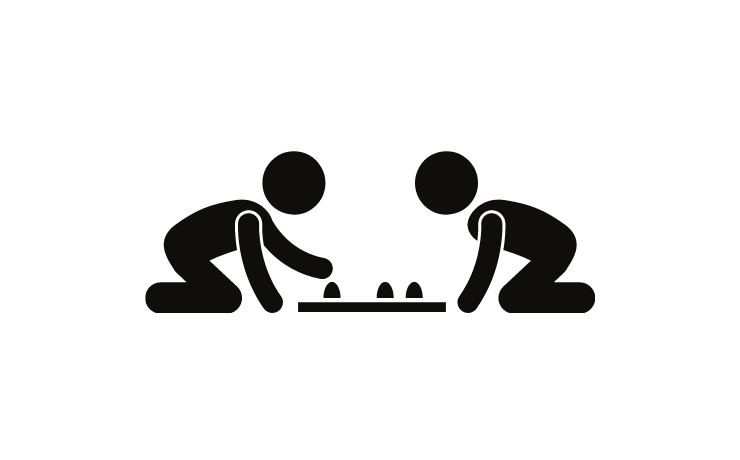
ผีตายทั้งกลม pĕe-dtaai táng glom
pĕe-dtaai táng glom is a type of Thai ghost. These ghosts come from women who die while being pregnant or during childbirth and both the mom and the child die.
If you have a pĕe-dtaai táng glom in your house, you will hear it singing a lullaby when you walk around your house at night.
Or you might see a baby crib tied to a tree with this ghost underneath it.
In fact, แม่นาก mâe-nâak is a type of this kind of ghost.
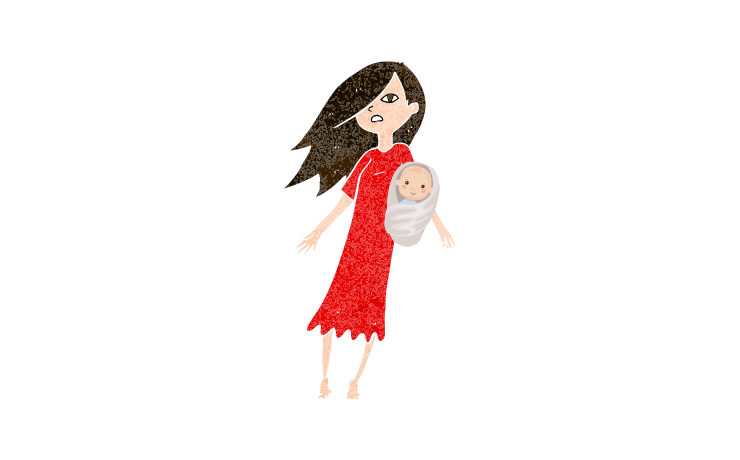
กุมารทอง gù-maan tong
gù-maan tong (literally “Golden baby”, กุมาร gù-maan = baby, ทอง tong = gold) is a ghost/spirit/superstition that you might have seen before in stores in Thailand. gù-maan tong is usually depicted as a young boy (usually plump and chubby) covered in gold-colored clothing. It is also referred to as “The golden boy”.
A lot of shop owners have a small statue of this boy as it is believed it brings good fortune and prosperity. The worshippers have to treat “The golden boy” as if it was their own child by offering it rice and water, if not, it can turn against you.
Although most people use gù-maan tong for prosperity, the way you use a gù-maan tong is up to you. You can tell it to do evil as well.
Its origin is spirits of young boys who magicians and black magic practitioners would use.
In the present day, you can purchase (on the black market) a gù-maan tong made from fetuses. In fact, a British man was arrested trying to smuggle fetuses to bring to Taiwan.
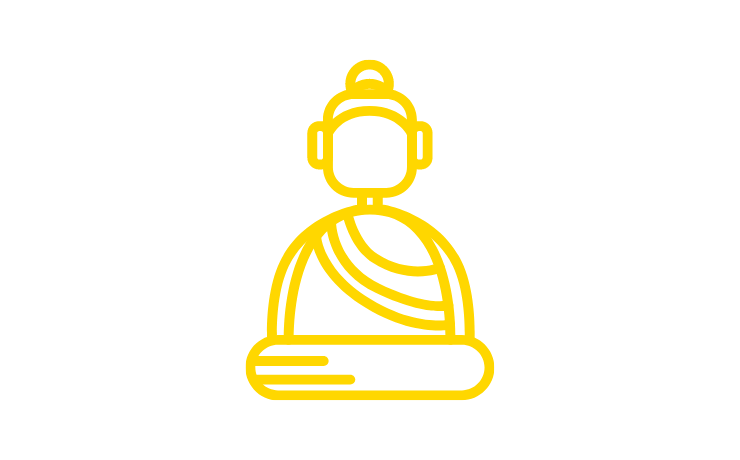
ผีดิบจีน pĕe-dìp jeen
This ghost is also known as Jiangshi. pĕe-dìp jeen is a vampire ghost who originated from China.
This vampire ghost sleeps in a coffin or a place without sunlight during the day and at night he looks for humans (or things with life) and sucks their blood.
A way to protect yourself from this ghost is by sprinkling seeds around your house to stall the ghost. The ghost will spend its time counting the seeds and by the time he finishes the sunlight is out already.
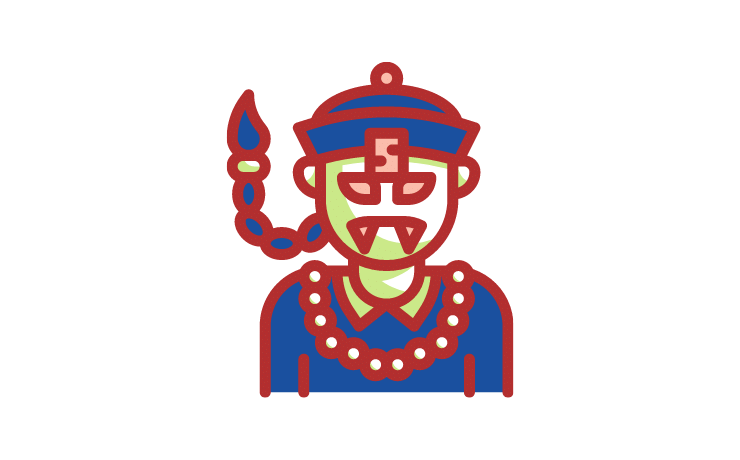
Ghosts in Thai Culture
Ghosts are popular in Thai culture. Every Thai person knows at least a bit about a few of the Thai ghosts and knows about a few of the movies.
Not all Thai ghosts are evil and scary. Some ghosts and spirits can bring fortune (like กุมารทอง gù-maan tong) while some are just out to eat your intestines (like ผีปอบ pĕe bpòp).
Most Thai people believe in black magic (ไสยศาสตร์ săi-yá-sàat) and superstitions (ความเชื่องมงาย kwaam chêua ngom-ngaai). For example, if they believe they are haunted, they will go to see a หมอผี (mŏr pĕe) which translates literally to Ghost doctor.
Another example of Thais belief in ghosts/spirit is you will see ศาลพระภูมิ (săan prá-poom) everywhere.
săan prá-poom are small spirit houses believed to contain spirits that protect the area.
Many Thai houses will have a săan prá-poom and they pray to them and offer food, drinks, and fruits to them.
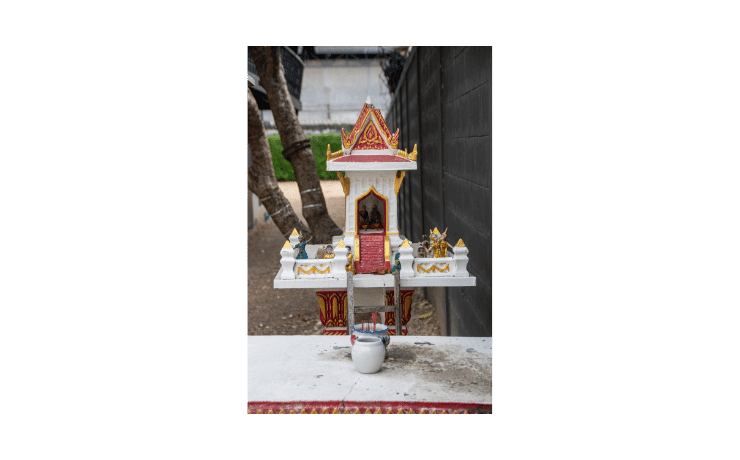
Popular movies about Thai Ghosts
Due to the popularity of Ghosts in Thailand, many movies are about Thai ghosts. The following are a few movies which are very famous and many Thai people know them.
P (2005)
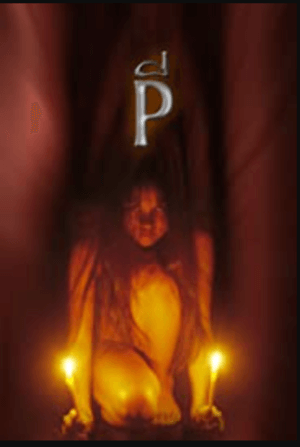
P (literally ghost) is a movie I recently saw. In this movie, a young girl goes to Bangkok to work at a bar. While working there she starts using black magic (ไสยศาสตร์ săi-yá-sàat) which causes an evil spirit to grow inside her.
She starts killing victims and even eating their organs (similar to ผีปอบ pĕe bpòp).
Pee Mak (2013)
This is a movie about แม่นาก mâe-nâak – the lady who died while giving birth and became a ghost while her husband was in war.
The movie follows the story of Mak (the husband), and 4 friends from the war, as they are all in for a surprise discovering that Mak’s wife and child are actually ghosts!
This movie is a mix of horror and comedy.

Nang Nak (1999)
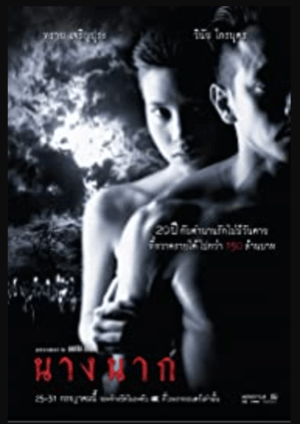
This is another movie about แม่นาก mâe-nâak – the lady who died while giving birth and became a ghost while her husband was in war.
However, unlike Pee Mak (2013), this movie doesn’t have a comedic angle and is a more direct adaptation of the original Thai legend.
The movie follows the story of Mak (the husband) as he comes back from war to discover his wife and child are now ghosts.
Sang Krasue (2019)
This is a movie about ผีกระสือ pĕe grà-sĕu, the ghost who floats around with only their head and intestines and likes to eat intestines.
This movie follows the story of a girl named Sai who finds out that during the night she becomes a ghost who hunts with just her head and her entrails.
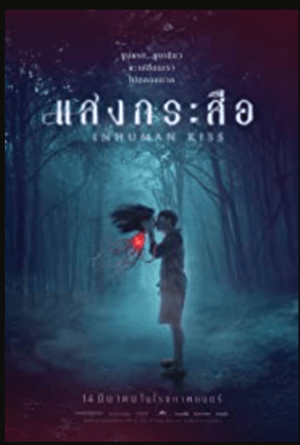
There are many more Thai ghost movies but these are the ones I have seen that are relevant!
Vocabulary related to Ghosts in Thai language
- Ghost 👻
ผี
pĕe - Scary
น่ากลัว
nâa glua - To be scared
กลัว
glua - Spirit
วิญญาณ
win-yaan - Ghost doctor
หมอผี
mŏr pĕe - To haunt
หลอกหลอน
lòk lŏn - To be possessed/haunted
สิง
sĭng - Black magic
ไสยศาสตร์
săi-yá-sàat - Intestines
ไส้
sâi - Demons
ปีศาจ
bpee-sàat - Spirit houses
ศาลพระภูมิ
săan prá-poom
Example Sentences
- That ghost is scary
ผีตัวนั้นน่ากลัวจัง
pĕe-dtua-nán-nâa-gà-lua jang - The tree is haunted by pĕe dtaa-nee
ผีตานีสิงต้นกล้วยต้นนี้
pĕe dtaa-nee sĭng dtôn gà-lúay-dtôn-née - Pee pop likes to eat intestines.
ผีปอบชอบกินไส้
pĕe bpòp chôp gin sâi
I hope you enjoyed learning about Thai ghosts. Ghosts in Thailand are an important part of Thai culture. You will encounter references of ghosts in movies, stories, and even traditions.

